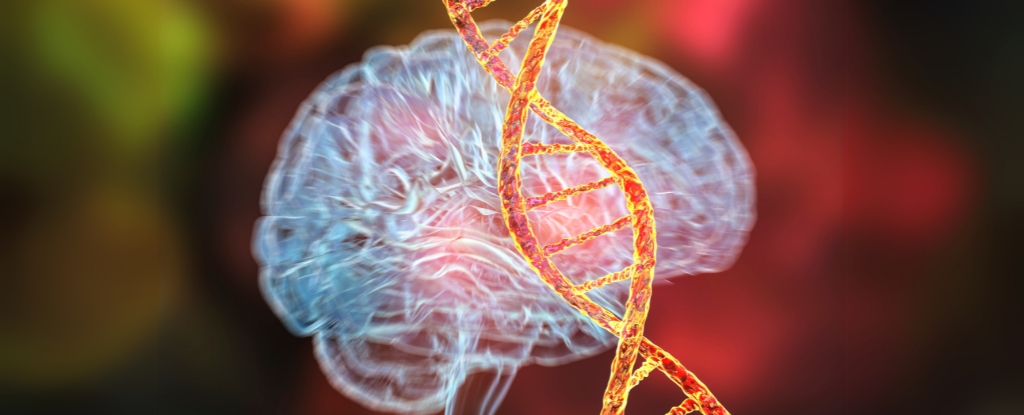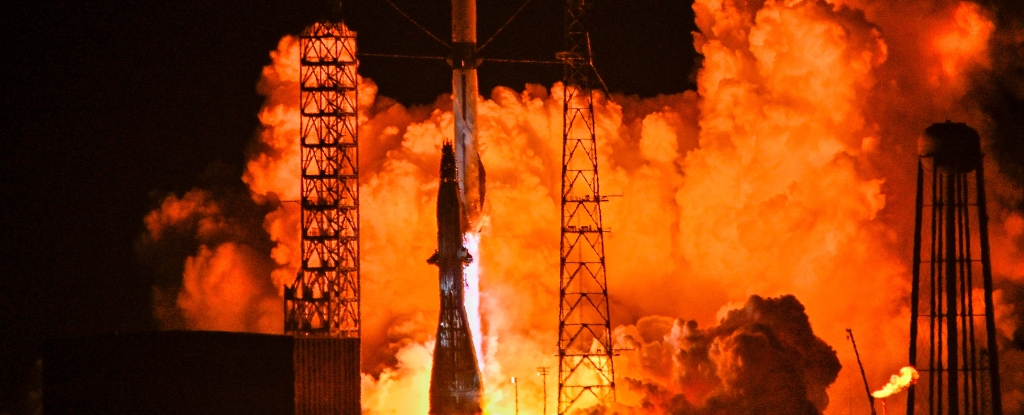Recent research has revealed that teenagers who lived between 10,000 and 30,000 years ago, during the Ice Age, went through puberty at roughly the same age as modern teens. An international team of archaeologists, led by Mary Lewis, a bioarchaeologist from the University of Reading, studied the skeletal remains of 13 adolescents from various archaeological sites across Italy, Russia, and Czechia. The study, published on 12th September in The Journal of Human Evolution, used “maturation markers” on the bones to assess different stages of puberty.
Understanding the Puberty Process in Ice Age Adolescents
Babies are born with about twice the number of bones as adults, which fuse together as they grow older. This process is key to understanding puberty stages, such as the adolescent growth spurt, the beginning of menstruation, and the final fusion of bones indicating sexual maturity.
The researchers were able to determine that the Ice Age teenagers experienced their growth spurt between ages 13 and 16, similar to modern hunter-gatherer groups. Physical maturity for these ancient individuals occurred between 16 and 21, slightly later than modern Western societies, where adolescents typically mature between 16 and 18 years.
Insights from Ice Age Puberty and Modern Comparisons
Mary Lewis found it surprising that Ice Age teens began puberty at around 13.5 years, which aligns with modern estimates, hinting at a possible “genetic blueprint” for human sexual maturation. However, there were differences, particularly in the onset of menstruation.
The study revealed that females from the Ice Age likely began menstruating no earlier than 16 or 17 years old, later than today’s average age of 11.9 years in the U.S. but similar to modern hunter-gatherer groups.
A Window into Ancient Adolescence
April Nowell, a Paleolithic archaeologist from the University of Victoria, notes that this research offers a long-term perspective on puberty. It reveals that modern adolescents follow a pattern that has remained largely unchanged for thousands of years.





